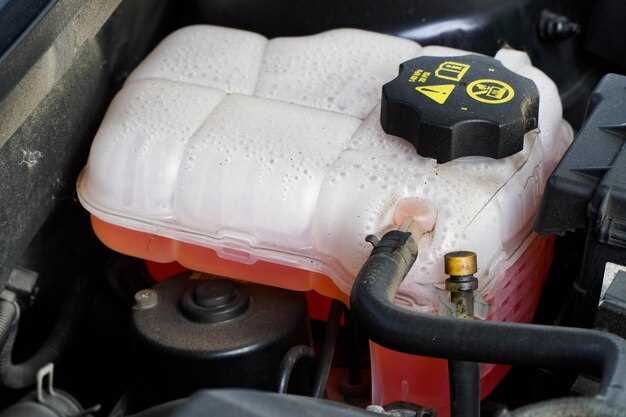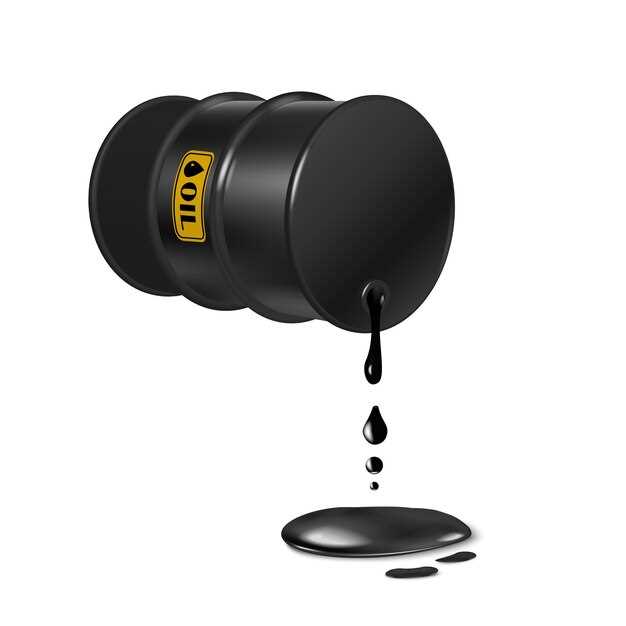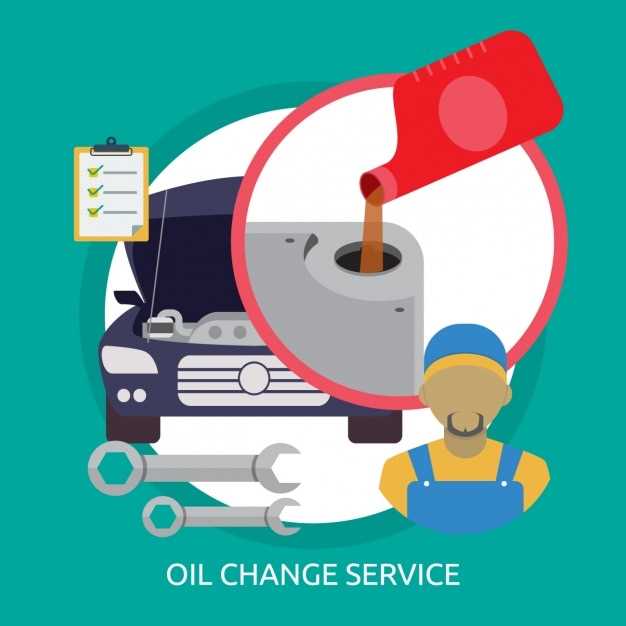

Understanding the functionality of your diesel engine is crucial for maintaining its performance and longevity. One of the vital components in this system is the fuel filter, designed to remove impurities from the fuel before it reaches the engine. Over time, this filter can become clogged, leading to a range of symptoms that can affect the vehicle’s efficiency and reliability.
When the diesel fuel filter is blocked, various symptoms may arise, indicating an immediate need for attention. You might notice decreased engine performance, including reduced power and acceleration. Additionally, poor fuel efficiency can signal that the fuel system is struggling to deliver the necessary fuel, causing your engine to work harder than it should.
Another critical symptom of a clogged filter is difficulty starting the engine. If your vehicle hesitates or fails to start consistently, it’s essential to inspect the fuel filter. Other signs can include irregular idling, stalling, and engine misfires. Recognizing these warning signs early can help prevent more severe damage to your diesel engine and save you from costly repairs.
Understanding Common Symptoms of a Clogged Diesel Fuel Filter

When a diesel fuel filter becomes clogged, it can lead to a range of performance issues in your engine. Recognizing the symptoms is crucial for maintaining optimal fuel efficiency and engine functionality.
One of the primary symptoms of a clogged fuel filter is a noticeable drop in engine performance. Drivers may experience reduced acceleration, sluggishness, or difficulty starting the engine. These issues arise because the engine struggles to receive the necessary amount of fuel due to the obstruction.
Another common indication is reduced fuel efficiency. A clogged filter forces the engine to work harder to pull fuel, which can result in increased fuel consumption. If you notice that your vehicle is using more diesel than usual, it may be time to inspect the fuel filter.
In addition, you might observe sudden engine stalling or misfiring. These symptoms often occur when the engine isn’t receiving a consistent flow of fuel, leading to erratic performance. If your vehicle frequently stalls, especially during idling or low-speed driving, it’s essential to check the condition of the fuel filter.
Moreover, there may be a presence of black smoke from the exhaust. This happens as a result of incomplete combustion, which signifies that the fuel delivery system is compromised. If you see excessive smoke, especially under acceleration, it’s a signal that fuel is not being managed properly.
Lastly, frequent changes in the fuel filter can indicate an underlying issue. If you find yourself replacing the filter more often than recommended, it may be a sign of contamination in the diesel fuel or an issue with the fuel system itself.
Impact of Clogged Filters on Diesel Engine Performance

Clogged fuel filters can significantly affect the performance of a diesel engine. The primary function of the fuel filter is to remove impurities and contaminants from the diesel fuel before it reaches the engine. When the fuel filter becomes clogged, it restricts the flow of fuel, leading to inadequate fuel supply to the engine.
Symptoms of a clogged fuel filter often include difficulty starting the engine, poor acceleration, and reduced overall power. These indicators suggest that the engine is not receiving the necessary amount of fuel for optimal combustion. As a result, engine performance decreases, leading to inefficient operation and potentially causing damage if the issue is not addressed promptly.
In addition, a clogged filter can lead to increased strain on the fuel pump as it works harder to push fuel through the obstruction. This added stress can result in premature fuel pump failure, leading to costly repairs. It is crucial to monitor the performance of the diesel engine and replace the fuel filter as recommended to maintain optimal functionality and prevent further complications.
Steps to Diagnose and Resolve Fuel Filter Clogging Issues
Diagnosing fuel filter clogging begins with acknowledging the symptoms such as engine performance issues or difficulty starting. The first step is to visually inspect the filter for any signs of dirt or debris accumulation. Ensure that the filter is accessible and check for any noticeable blockages.
Next, perform a pressure test at the fuel rail to determine if the fuel pressure is within the specified range. A significant drop in pressure often indicates that the filter is not allowing enough fuel to pass through. If the pressure is low, this points towards a potential clog in the fuel filter.
After confirming a clog, the next step is to replace the fuel filter. Make sure to use a filter that meets the manufacturer’s specifications. Carefully follow the replacement procedure, which usually involves relieving fuel pressure, disconnecting the battery, and unscrewing the old filter while catching any spillage.
Once the new filter is installed, it’s essential to prime the fuel system. Turn the ignition key to the ‘on’ position without starting the engine, allowing the fuel pump to pressurize the system. After a few seconds, turn the key off and check for leaks around the filter.
Finally, start the engine and observe its performance. If the issues persist, further investigation may be needed to check for other underlying problems in the fuel system, such as a malfunctioning fuel pump or contaminated fuel.







